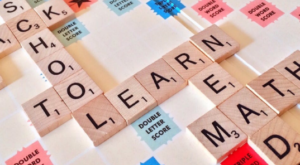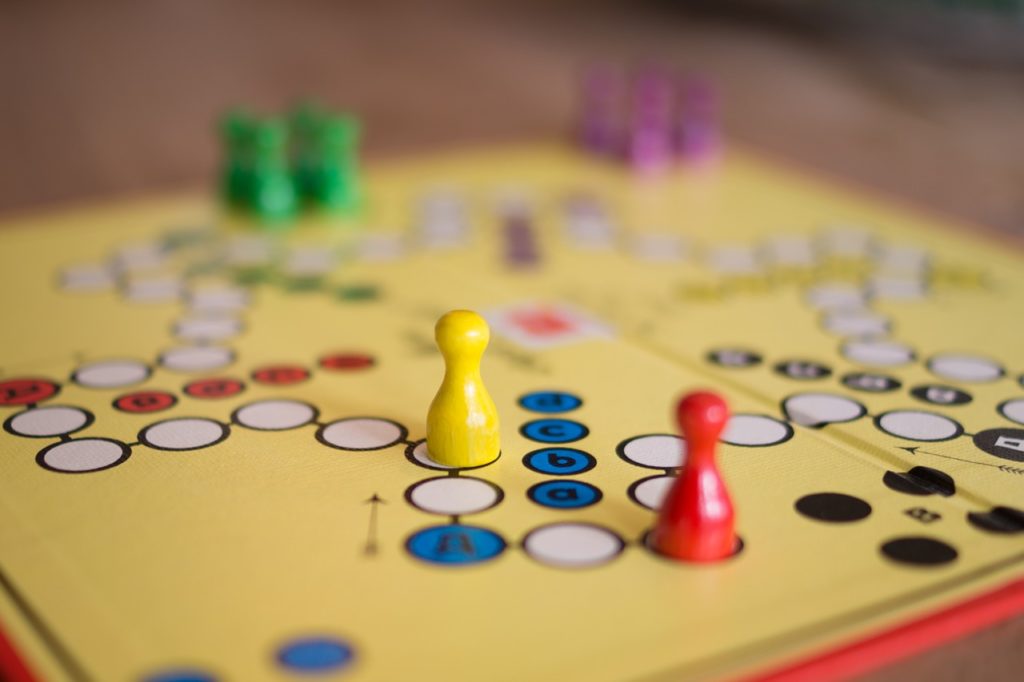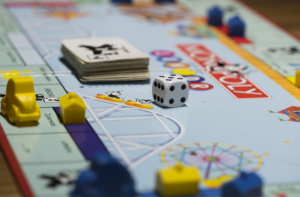Board games is a very simple and fun game, but it requires a lot of planning. You want to think on your feet and must make the most of all the opportunities you have and the tools at your disposals, such as cards, letters, and word bonuses and openings. Here are some tips that will help you win word games.
Protect Your King
The general strategy used by experts would be to advance two of the four pieces. So which two pieces would you pull out? If you think about the bottom row, you will see that there is only one pair that successfully defends each square that faces them. Leave these two as long as possible and send two more to your attack. In the first image, you can see how these two pieces can protect each square leading to the last row.
Maintain a Strong Plan

Pieces that are grouped tend to be stronger than those that are separated. Push your figures forward and use the ones at the back to support the ones in front. A large mass of figures is much less likely to be attacked by double or triple jumps. Also, it cannot be split as easily. Fans often swap random pieces to simplify the game. Instead, try to build a good formation. Whenever your competitor feels the stress and starts trading, you may find that your superior growth puts you in a more effective position.
A pair of three connected pieces, triangular or diagonal, can become a disadvantage if the centerpiece can be removed. This leaves two moving pieces exposed to a double jump. Black can remove the center of this triangle by proceeding as shown and forcing white to jump. Black’s king brings a double jump.
Explore Your Moves

Always look carefully at the opportunities that present themselves to you. At first glance, one of these may seem like a simple one-to-one market, or perhaps a one-to-zero market that will leave you worse off. But take a closer look. What opportunities does this new site offer? Can you use it to install any of the approaches we have covered? Can this create a weakness that allows you to become a bit of a king? Sometimes a bad-looking or neutral move is the cause of a move.
Examine the potential elsewhere. White can advance as shown, first forcing the minor on the 6th square to jump, and then forcing the minor on the 13th square to jump as well. Beginners sometimes feel relieved after the move and relax until it is their turn. Usually, the situation does not change much from one move to the next, so use your competitor’s time to review the game. Be sure to spend some time evaluating the board from your competitor’s perspective as well. Preventing a negative market can win the game for you, as can an assessment of potential.
Control the Center
This consists of occupying the center by moving your pieces and jumping to the center if you can jump in one direction. Basic squares are more crucial to maintain than boundaries. Each square is important, and sometimes a well-placed piece on the surface of the board is invaluable. Again, do not exclude the area on the board. However, if you have the option of moving or jumping to the side or center, you must choose the center.…


 As parents, we continue towards providing paths to our kids to develop their wisdom and capabilities and have to acknowledge that. One of the most played board games is
As parents, we continue towards providing paths to our kids to develop their wisdom and capabilities and have to acknowledge that. One of the most played board games is  Every participant puts a token of the color on a track and receives 50 train cars in 1 color. A board is placed using a map of America, in the center of the dining table. Cities are there, every joined by a couple of railroads. These lines comprise one and are just one of seven colors; gray, yellow, black, white, purple, white, blue, brown, green, and reddish. Players may opt to lose one of both of these cards, but have to keep at least a few of these.
Every participant puts a token of the color on a track and receives 50 train cars in 1 color. A board is placed using a map of America, in the center of the dining table. Cities are there, every joined by a couple of railroads. These lines comprise one and are just one of seven colors; gray, yellow, black, white, purple, white, blue, brown, green, and reddish. Players may opt to lose one of both of these cards, but have to keep at least a few of these.